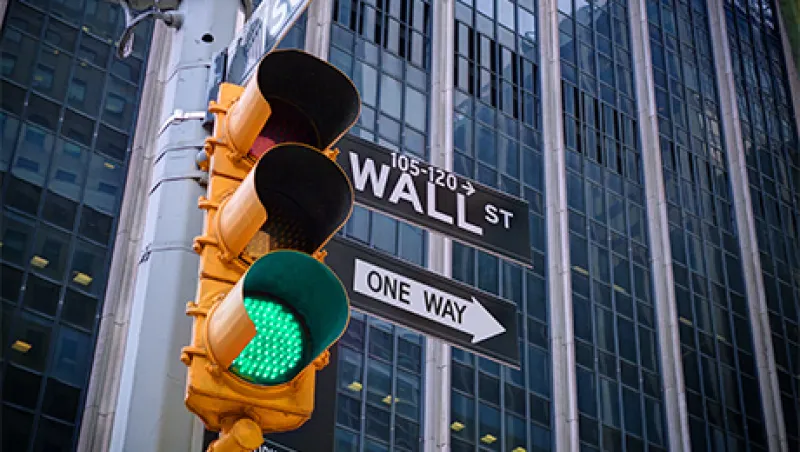A period of high price volatility in a given market does not mean a crash is around the corner — if anything, the opposite may be true, at least according to new research.
In a study of 40 historical financial asset bubbles, researchers from the Swiss Finance Institute found that the majority burst following a period of lower price volatility. Of these cases, which included the stock market bubbles preceding the Great Depression and Japan’s “Lost Decade,” 65 percent crashed when volatility was low, found authors Didier Sornette, Peter Cauwels, and Georgi Smilyanov.
The findings, published in July, come as both current and predicted volatility are trending lower than average in U.S. markets, with the Chicago Board Options Exchange’s measure of expected volatility — the VIX index — hitting an all-time low last week.
The Swiss Finance Institute report examined historical bubbles ranging from 1929 through the gold bubble that burst in September 2011, using data from the Bloomberg Terminal.
[II Deep Dive: Goldman Warns That Tech Investors Are Ignoring Risks]
Within the 26 “fearless” bubbles identified in the study — those instances when there was no significant increase in market volatility ahead of a crash — the researchers identified 11 cases that exhibited what they deemed a particularly “distinct” pattern of high positive returns and low volatility ahead of the crash, and very negative returns and high volatility afterwards.
“More than one quarter of the cases that were studied here, many of which were notorious and well-documented bubbles, clearly bear the fingerprint of very low volatility, right at the crest of the bubble,” the authors wrote. “They are cases of investors being deaf, dumb, and blind for the risk of the impending crash, investors that are only focused on riding the bubble to score a short-term profit during the strong price acceleration.”
These more extreme cases included “Black Monday,” or the 1987 crash when U.S. indexes declined by 30 percent over three days, and the 1997 emerging markets crisis.
However, while a majority of the bubbles fell into the “fearless” category, several notable crashes came after a spike in volatility. In total, 14 of the analyzed bubbles were identified as “fearful,” including 2000’s “dot-com” bubble as well as the U.S. stock market bubble preceding the 2008 financial crisis.
Still, the authors concluded that volatility is “neither a reliable indicator of the maturation of a bubble nor of its impending ending in a crash,” according to the paper.
“In contradiction with some claims that the volatility increases before a crash, we report, based on extensive empirical observations, that it does not consistently show such a behavior,” the researchers wrote. “If any conclusion can be drawn, it is the opposite.”







